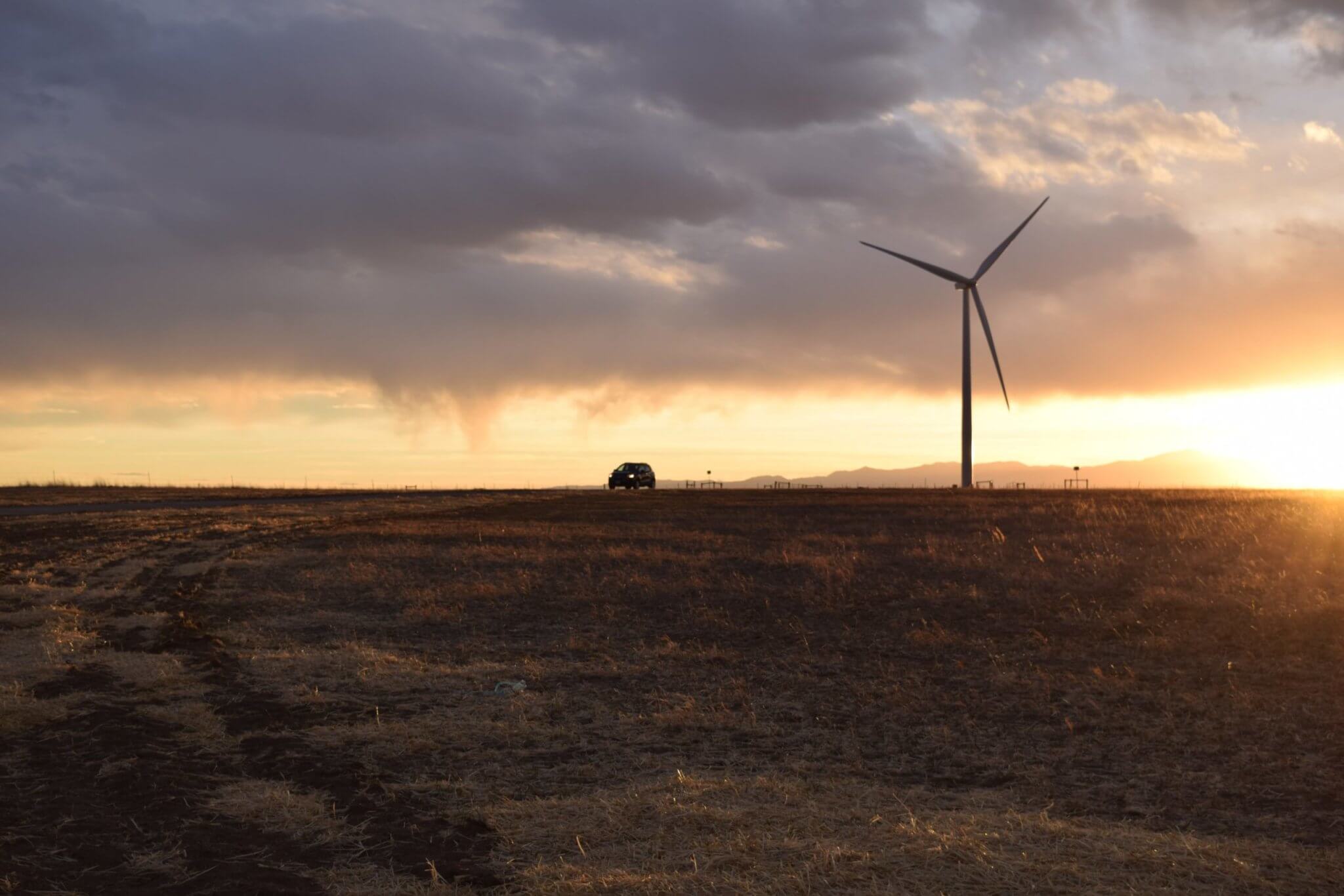AWEA Wind Resource Assessment Conference: Finding the windiest sites
How much energy a wind farm is going to produce is the single biggest driver of wind farm economics. Accurate assessment is a critical factor in developing successful wind projects and has a direct impact on which projects are financed and constructed and which are not.
The AWEA Wind Resource & Project Energy Assessment Conference in Austin this fall is the nexus point for everything concerning wind farm production, the place where meteorologists and engineers highlight recent advances and debate the critical issues affecting wind resource assessment.
In an effort to learn more about the conference, I was able to connect with two leaders in the field, Dan Jaynes, Director of Energy Resources & Meteorology at Avangrid Renewables and Patrick Pyle, Director of Meteorology at Pattern Energy Group LP. They have been in the industry for an impressive total of 21 years. Dan has been going to the Resource Assessment Conference for eight years and Patrick for 10. They also happen to be the 2018 program chairs. Here is what they had to say.
What sessions are you most looking forward to this year?
Dan: I am most looking forward to the session where methodology refinements are discussed as part of our ongoing effort to close the pre-construction energy estimation performance gap.
Patrick: I am looking forward to the P50 bias panel, as it will provide the latest research and thoughts on improving the industry’s estimates as whole. However, the remaining sessions are also all intriguing to me as they support the P50 estimates in some form or fashion.
What are the top three benefits of attending?
Dan: Staying informed about advances in industry best-practice analysis methods that speak to our dynamic customer and market needs, networking with respected industry leaders, and discussing the way that technical topics affect commercial concepts.
Patrick: Professional networking, seeing the latest scientific advancements in our field and learning new materials that you can take back to your job and implement.
What tips do you have for first time attendees?
Dan: Get involved in an industry working group and aim to meet at least five new people from other organizations.
Patrick: The workshop attendance numbers lend mean easy networking opportunities. Take advantage of those coffee breaks and lunches to meet new people either at company booths or other areas at the workshop. Also, be sure to fill out the survey at the end to grade the panels. It’s the only way the workshop can improve in future years.
What challenges do you see ahead?
Dan: Our industry faces strong headwinds that come from downward power purchase agreement (PPA) price pressure and a disappearing production tax credit. However, strong customer demand and policy drivers are supporting our industry in the form of a material tailwind!
Patrick: With taller hub heights, longer rotors, and more complex terrain sites to analyze, this group has a challenge to continue to evolve our science with the changing landscape of the market.
I don’t know about you, but I’ve learned a lot! Join Patrick, Dan and other leaders as they explore the industry’s needs, focus on state-of-the-art techniques and technologies, and provide critical insight into key matters by which we make our energy predictions.
We hope to see you in Austin, September 11-12! Register by August 3rd to receive the early bird rate.





